
The inward spiral of rosette-forming plants always seems to draw us in. From Romanesco broccoli to golden barrel cactus (Echinocactus grusonii, Zones 9–12), many plants grow with mathematical precision that reveals itself in stunning architectural forms. Echeverias (Echeveria spp. and cvs., Zones 9–11) are perhaps the queens of this structural arrangement. Their allure is irresistible, and one small plant can be a rewarding indulgence!
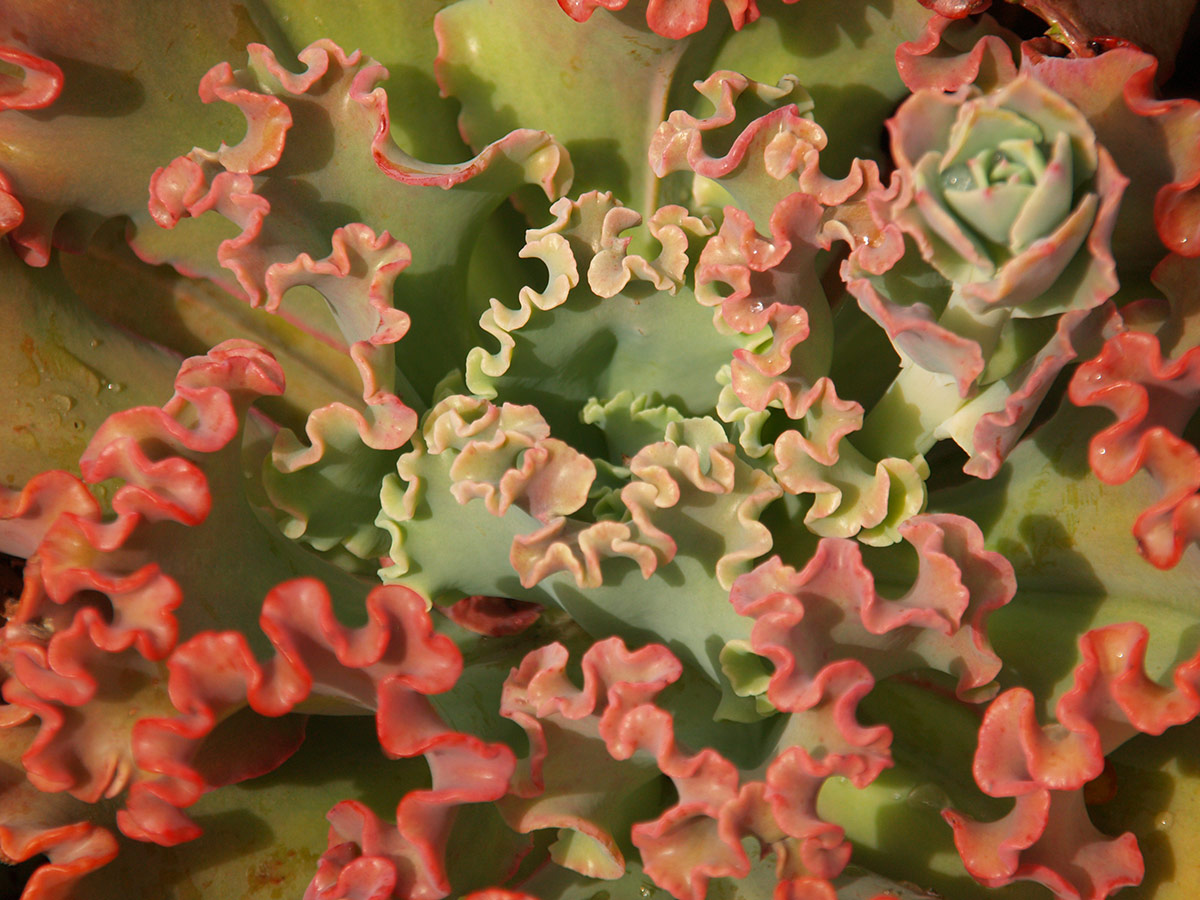
Echeverias’ native habitat
Members of Crassulaceae, along with sedums (Sedum spp. and cvs., Zones 3–11) and hens and chicks (Sempervivum spp. and cvs., Zones 4–10), echeverias are primarily native to tropical areas of Mexico and Central America. They can be found growing among craggy rocks; in dry, forested hillsides; and in vertical cliff faces—most always in locations with excellent drainage. A few will tolerate some light frost, but they are the exception. In their native habitat, conditions are generally comfortable, with lows in the 50s and highs in the 80s.
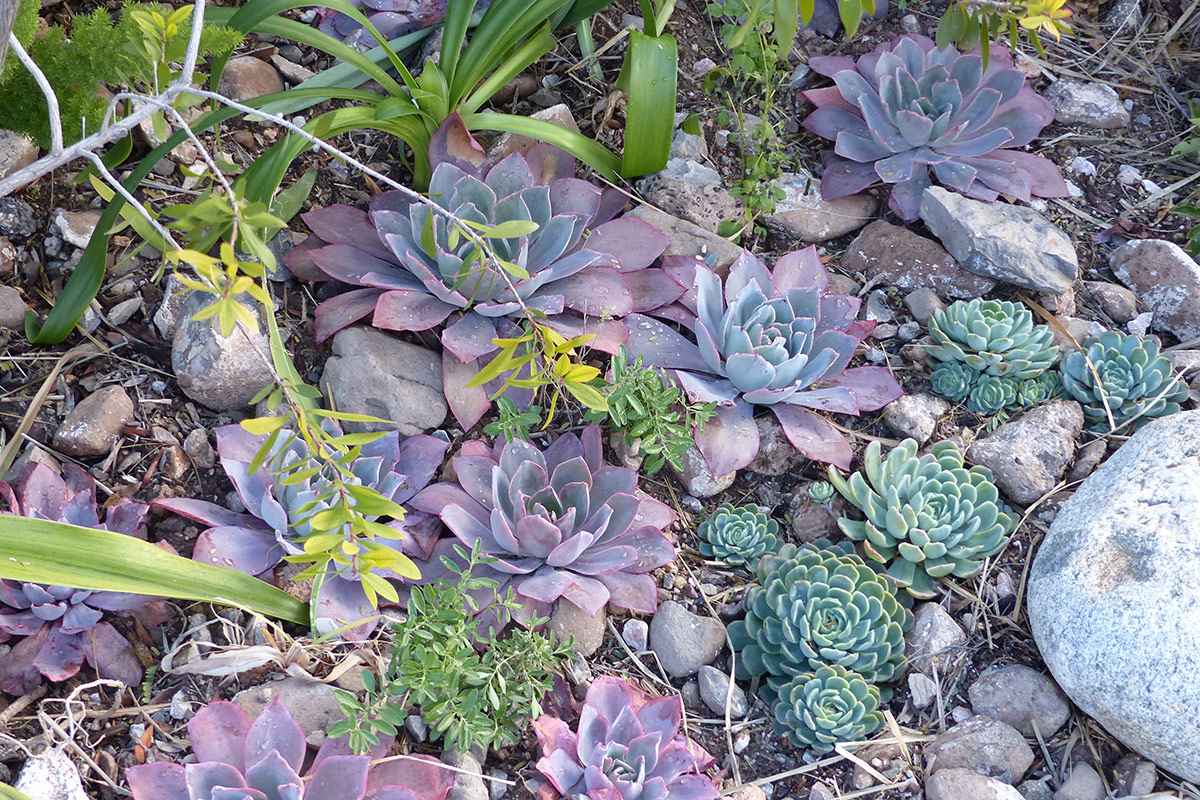
Required growing conditions
Cool, sunny conditions bring out echeverias’ best color and their compact habit, but fortunately most will take a much wider range of temperatures in stride. Good drainage is essential. Due to their beauty and tolerance of neglect, echeverias often take center stage in mixed succulent containers, or as striking specimens on their own. In subtropical parts of the Southwest, they can be grown in the ground among other shrubs and succulents, though they will not be quite as xeric as true native desert plants. In containers, most will thrive with good morning sun and some bright shade during the hottest part of the day. They are content with only occasional water, preferring dry soil over wet.
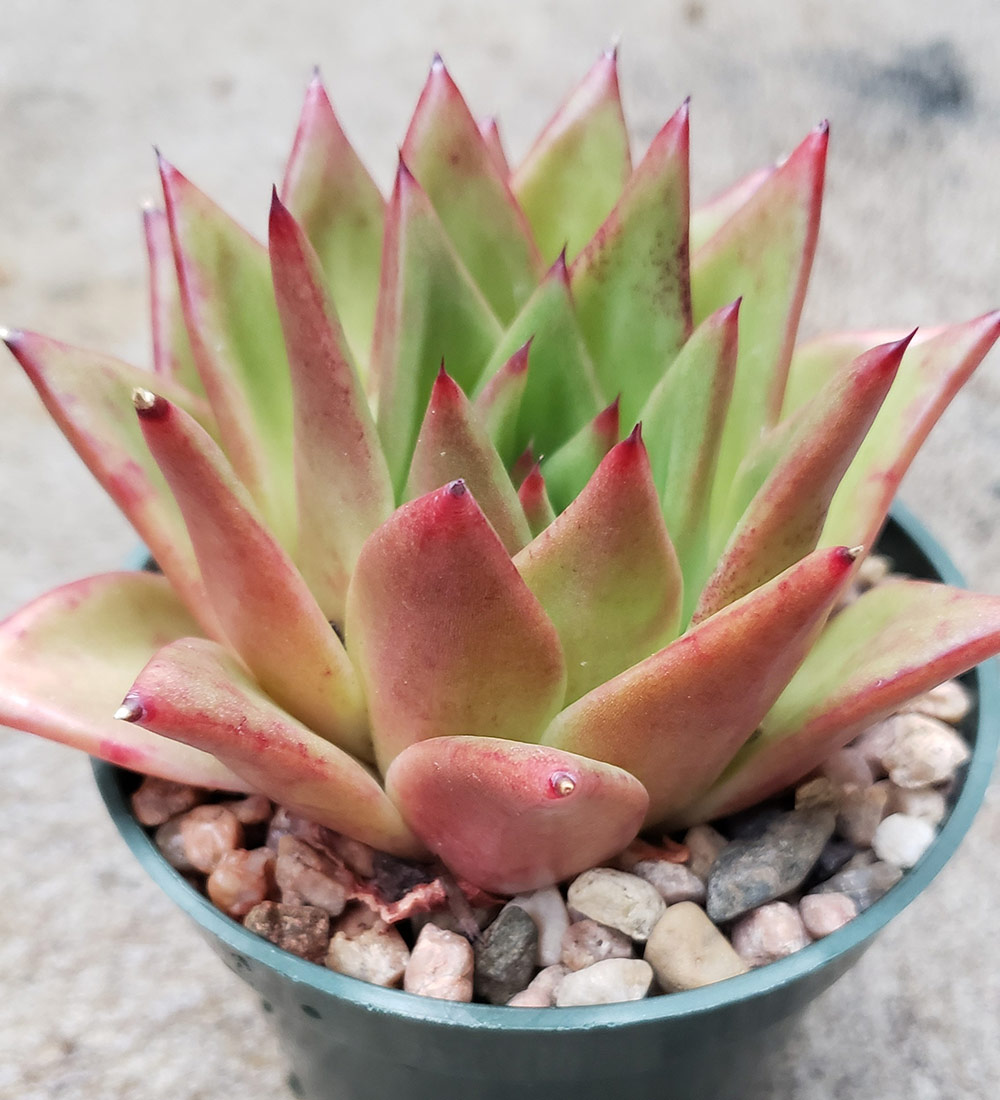
In areas with winter freezes, echeverias should come indoors, but they require a window with full sun, cool temperatures, and minimal water. A chilly garage window can also work, where they can go somewhat dormant during the coldest months. If conditions are too warm, most will try to resume active growth, stretching for all available light and losing their compact rosette form. Slower-growing varieties are less likely to suffer this fate, and the best of these is lipstick echeveria (Echeveria agavoides, Zones 9–11).
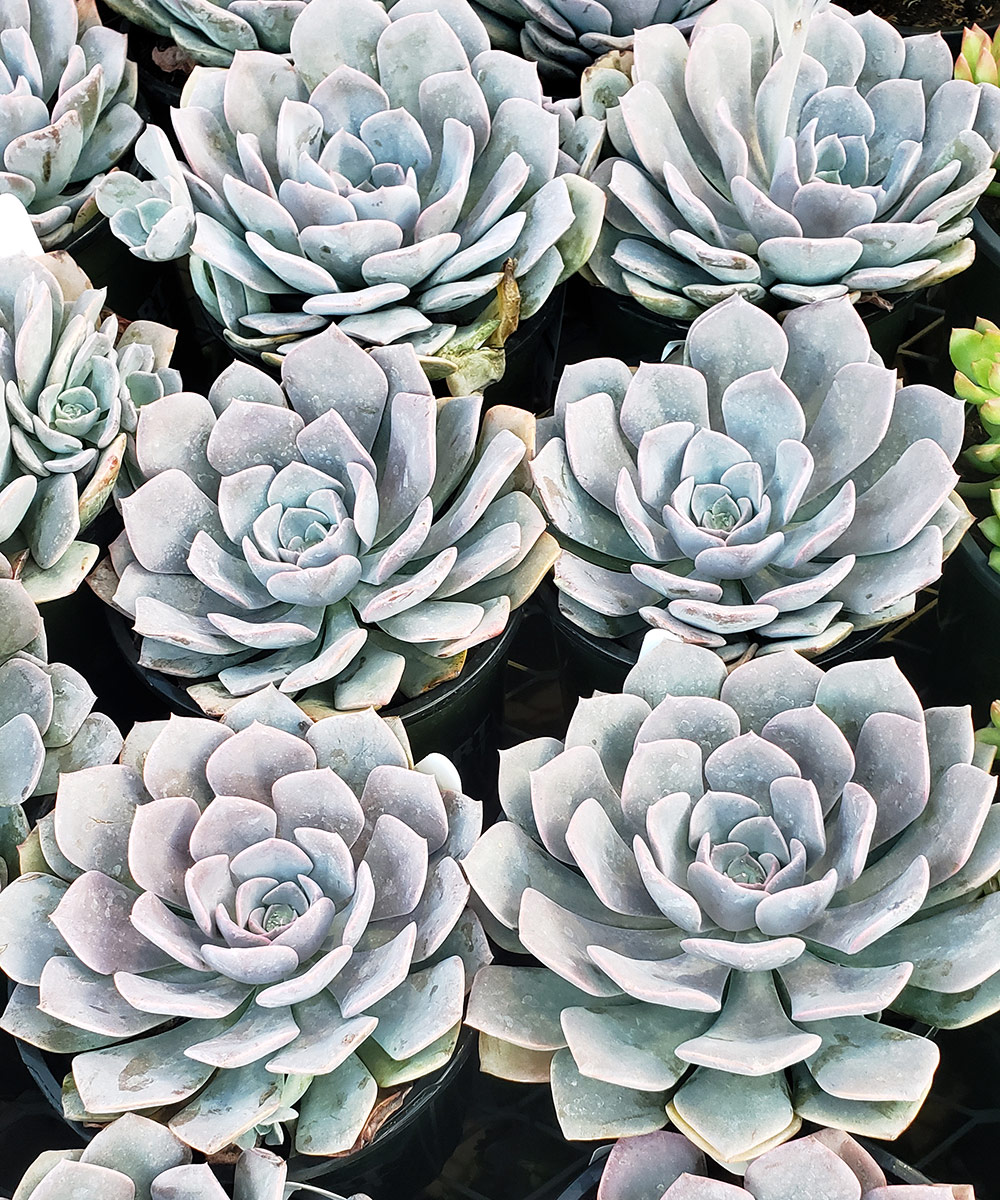
Stunning hybrids and companion plants
Many members of Crassulaceae hybridize quite easily, and plant breeders have taken full advantage of this, creating scores of colorful cultivars with intermediate traits. Hybrid names have become commonplace, such as “× Sedeveria” (Sedum × Echeveria), “× Graptoveria” (Graptopetalum × Echeveria), and “× Pachyveria” (Pachyphytum × Echeveria).

While echeverias are stunning on their own, don’t hesitate to mix them with other colorful or textural plants. Leafy plants can take up excess water from the soil, and I use them as good “indicator plants” that will droop when soil is becoming too dry. Then I know it’s the right time to water. Three of my favorite companion plants for echeverias are ‘Silver Falls’ dichondra (Dichondra argentea ‘Silver Falls’, Zones 9–11), silver bush (Calocephalus brownii, Zones 9–11) and sun-tolerant coleus (Plectranthus scutellarioides cvs., Zones 10–11), such as ‘Sedona’ and ‘Dark Star’.
For some favorite echeveria varieties, check out Enchanting Echeverias for the Southwest. For more on growing succulents in the Southwest, read on here:
- Ocotillo Is a Native Shrub You Need to Grow
- Desert Rose for the Southwest
- Your Guide to Growing Lithops in the Southwest
And for more Southwest regional reports, click here.
—Dan Johnson lives and gardens in Denver and in Tucson, Arizona. He is an associate director of horticulture for the Denver Botanic Gardens.
Photos: Dan Johnson
Fine Gardening Recommended Products

SHOWA Atlas 370B Nitrile Palm Coating Gloves, Black, Medium (Pack of 12 Pairs)
Fine Gardening receives a commission for items purchased through links on this site, including Amazon Associates and other affiliate advertising programs.

The Nature of Oaks: The Rich Ecology of Our Most Essential Native Trees
Fine Gardening receives a commission for items purchased through links on this site, including Amazon Associates and other affiliate advertising programs.

Buffalo-Style Gardens: Create a Quirky, One-of-a-Kind Private Garden with Eye-Catching Designs
Fine Gardening receives a commission for items purchased through links on this site, including Amazon Associates and other affiliate advertising programs.




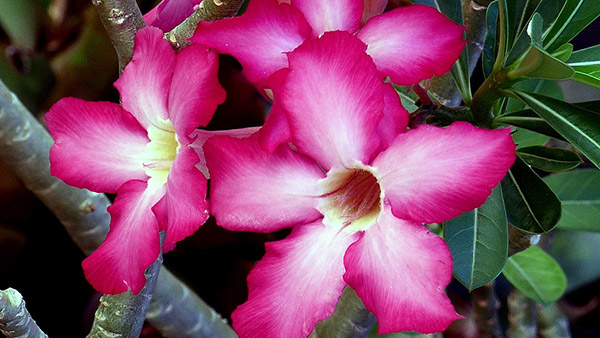














Comments
Log in or create an account to post a comment.
Sign up Log in